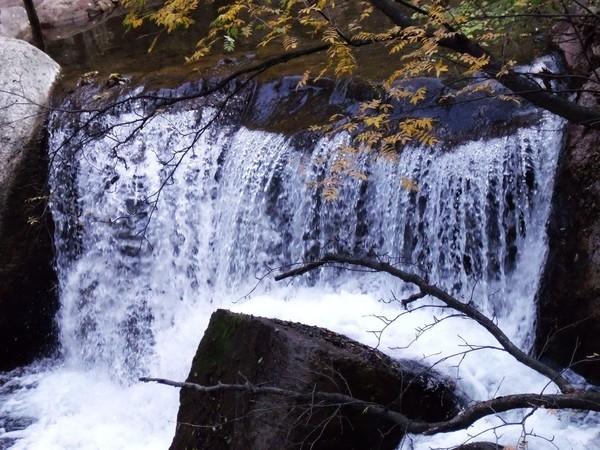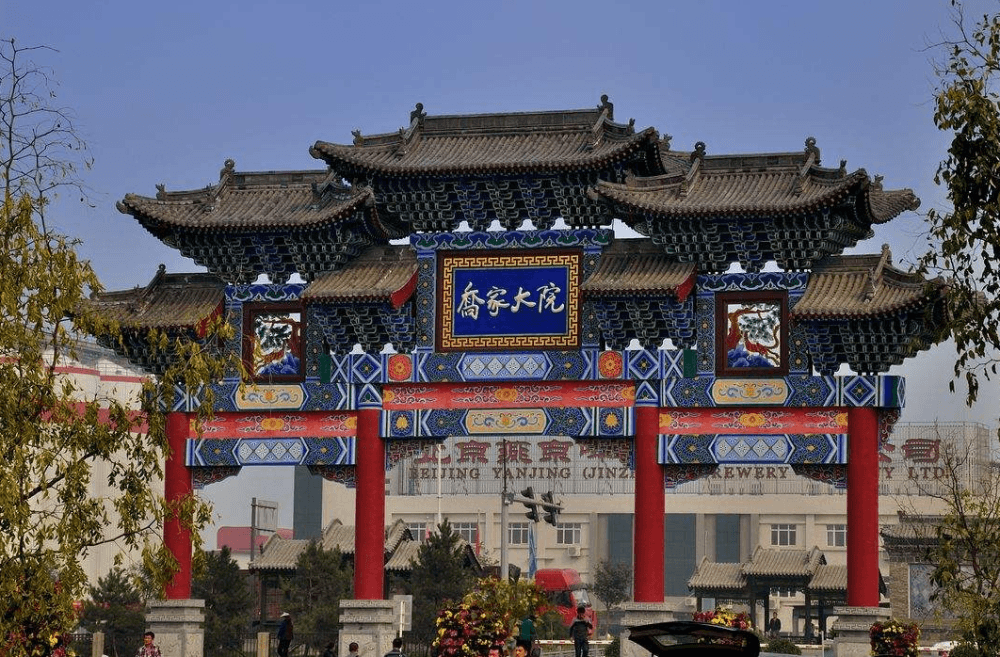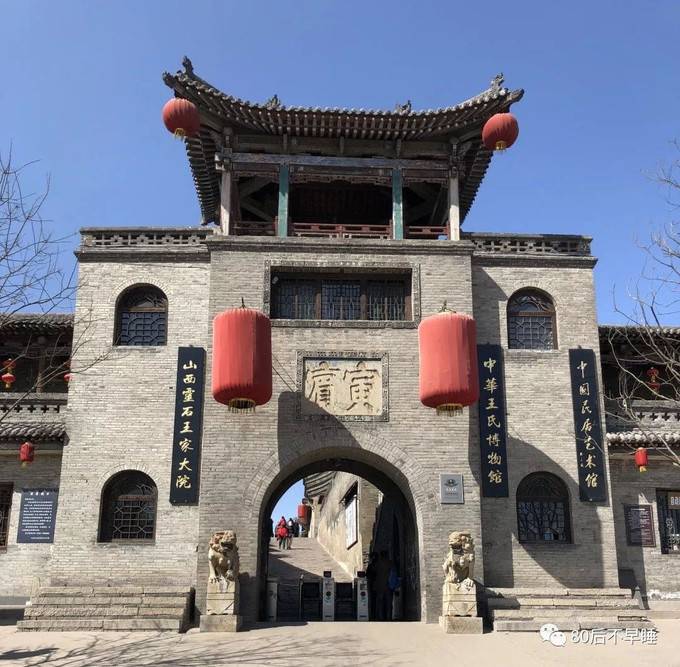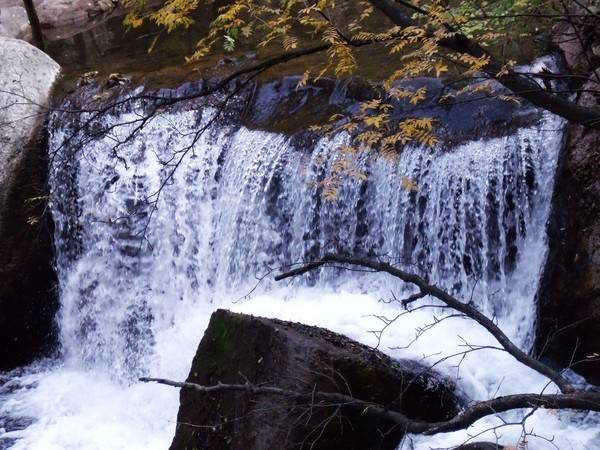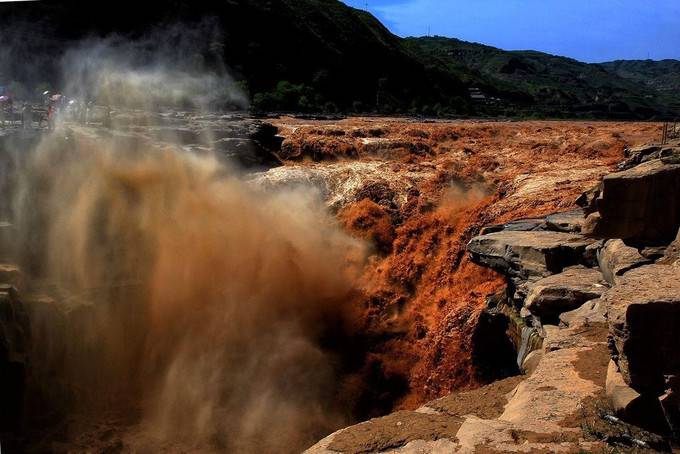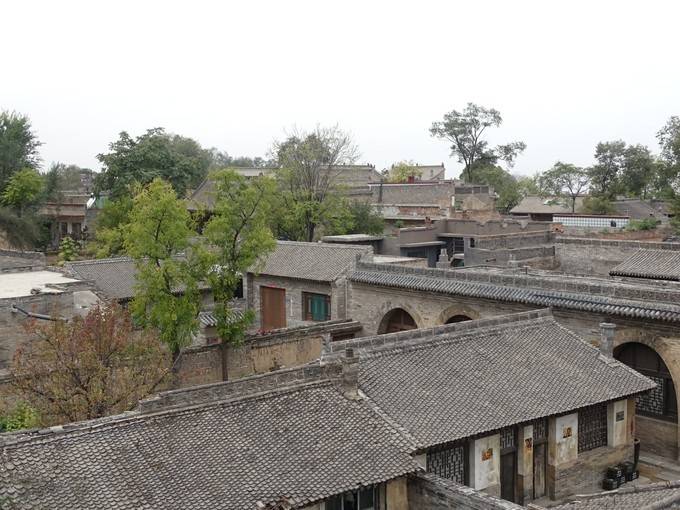Also known as Zai Zhong Tang, the Qiao Family Courtyard is located in Qiaojia Village, Qixian County, Shanxi Province. It was first built in 1756. The entire courtyard is shaped like a double 'Xi' character, divided into 6 large courtyards, containing 20 smaller courtyards and 313 rooms, with a total building area of 4175 square meters. It faces the street on three sides and is surrounded by a fully enclosed blue brick wall over 10 meters high. The main gate is designed like a city gate, making it an ancient residence with traditional northern Chinese architectural style.
The Wang Family Courtyard was built by the Jingsheng Wang family over the Ming and Qing dynasties, spanning more than 300 years. It includes five alleys, six forts, and one street, covering a total area of 250,000 square meters. It is also an architectural art museum with traditional cultural characteristics. It is a national key cultural relic protection unit and a 4A-level scenic spot.
Mianshan Scenic Area
Mianshan originated in the Spring and Autumn period when Jie Zitui of the Jin State hid with his mother and was burned on the mountain. Therefore, Mianshan is also known as Jieshan. As early as the Northern Wei period, there were temple buildings on Mianshan, and by the early Tang Dynasty, it had a considerable scale of Buddhist Zen forests. The ancient-style architectural complex of Mianshan Scenic Area is diverse in style. From the perspective of architecture, Mianshan's ancient-style buildings not only inherit the strengths of ancient architecture but also incorporate modern creativity from designers and builders, combining the essence of ancient and modern Chinese architecture to form a unique style of modern ancient-style buildings.
Hukou Waterfall is the second largest waterfall in China and the largest yellow waterfall in the world. As the Yellow River flows to this point, the riverbanks become steep and narrow like the mouth of a kettle, hence the name Hukou Waterfall. Upstream, the Yellow River is 300 meters wide, but within a distance of less than 500 meters, it is compressed to a width of 20-30 meters. With a flow rate of 1000 cubic meters per second, the river water pours down from a cliff over 20 meters high, creating the majestic scene of 'a thousand miles of Yellow River collected in one kettle.'
In the entire village, Zhangbi Ancient Castle is built according to ancient Chinese astrology and topographic maps. The layout of the topographic map corresponds to the twenty-eight constellations in the sky. Therefore, Zhangbi Ancient Castle is also known as the first village of Chinese astrology.
